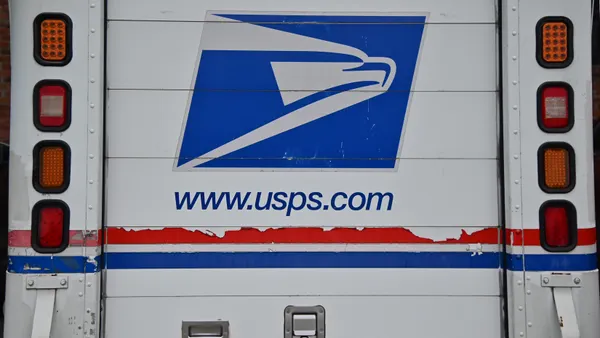Dive Brief:
- The U.S. Department of Labor (DOL) has proposed to increase the salary threshold for overtime eligibility under the Fair Labor Standards Act (FLSA) to $35,308 a year ($455 to $679 per week), it announced Thursday. The proposal does not include automatic adjustments — an option previously under consideration.
- The rule would allow employers to include "certain nondiscretionary bonuses and incentive payments" as up to 10% of the new $679 per week salary threshold, and would also increase the total annual compensation requirement for highly compensated employees from the current $100,000 per year level to $147,414 per year. DOL also said it intends to propose updates to earnings thresholds at a rate of every four years. The announcement follows months of speculation in the employment community about an update to overtime requirements, as well as an ill-fated effort by the Obama administration to set an even higher salary threshold of $47,476.
- The proposed threshold, up from the current $23,660, would expand overtime eligibility to more than a million additional U.S. workers, according to the DOL announcement. Once published in the Federal Register, DOL's Notice of Proposed Rulemaking (NPRM) will be subject to a 60-day public comment period.
Dive Insight:
This is a long-awaited announcement for employers on an issue that has put compliance efforts on edge for several years.
In 2016, a federal judge enjoined the Obama administration's overtime rule, sending shockwaves through HR departments that had adjusted their pay plans to bring employees over the new threshold. The appeals process bled into the change in administrations, until the Trump administration's DOL dropped its defense of the Obama-era rule. But the agency simultaneously asked the 5th U.S. Circuit Court of Appeals to approve the use of a lower threshold because the federal judge who issued the injunction had questioned the legality of any salary threshold whatsoever in his decision.
This foreshadowed a future update to the threshold, but today's announcement hasn't completely eased concerns about the Obama-era standard persisting in spite of the injunction. Tammy McCutchen, a former administrator of DOL's Wage and Hour Division, recently advised HR professionals to hang onto their 2016 overtime plans should the $47,476 threshold be floated again, especially with another presidential election soon to come in 2020. "Until this rule goes final, it is still possible that the 2016 rule can come back," McCutchen told HR Dive in an interview Friday.
The proposed $35,308 threshold would leave out at least half of those who would've been eligible under the Obama-era rule, Heidi Shierholz, a former chief economist for DOL, previously told HR Dive. There's also a chance that some workers who make more than the current threshold are incorrectly classified as being overtime exempt, both Shierholz and McCutchen said. "It is a really good time to conduct an audit of the job duties of the employees you're classifying as exempt," McCutchen said. Employers can find out more about the exemptions in DOL's fact sheet.
Another caveat about Thursday's announcement: The formal NPRM still hasn't appeared in the Federal Register. The detailed proposal is likely to appear next week, McCutchen told HR Dive. Moreover, a final rule could look different from the NPRM, McCutchen noted. She said she encourages employers to push for DOL to finalize the rule, and to submit public comments when the rule's public comment period is opened. "We need to continue to keep the pressure on to make sure this happens," McCutchen said.













